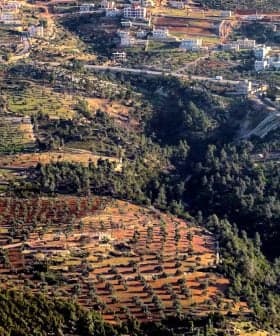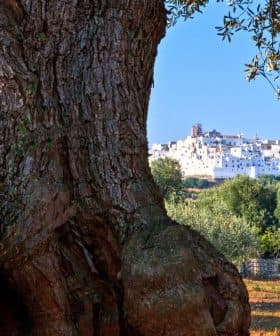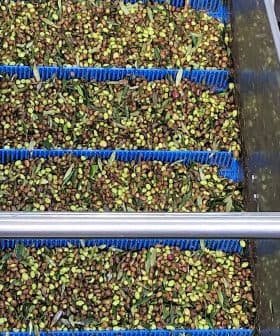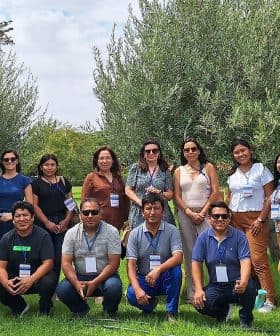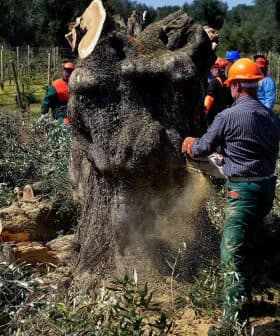Mysterious African Insects Are Infesting Portuguese Olive Groves
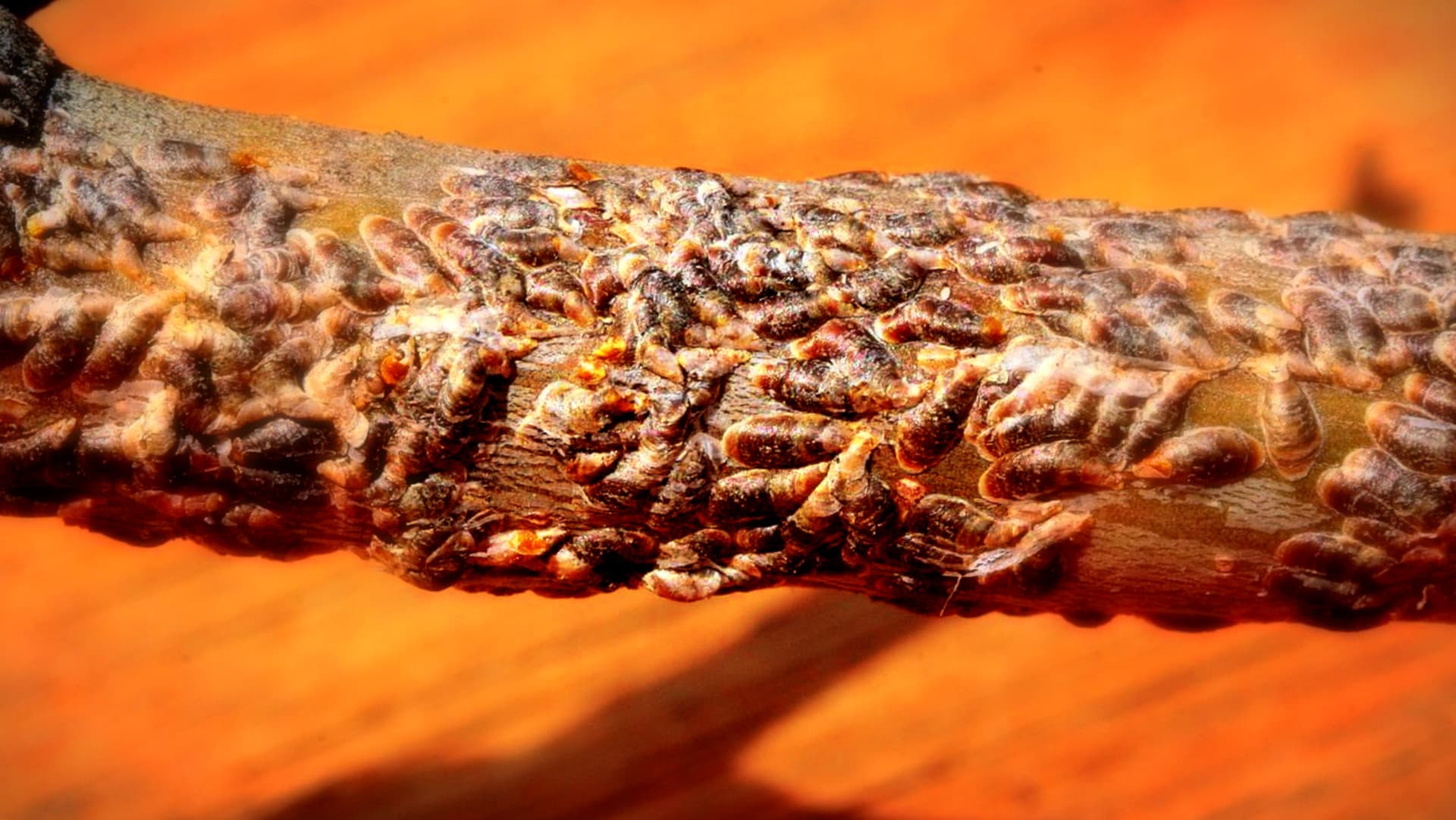
Melanaspis corticosa, a newly identified armored scale insect infesting olive groves in southern Portugal, has proven resistant to insecticide treatment and has caused extensive damage across various habitats in the Algarve region. The presence of this pest, previously unknown outside of sub-Saharan Africa, has raised concerns about control strategies due to the limited number of natural predators and the lack of knowledge about the insect itself.
Melanaspis corticosa, a poorly-described armored scale insect, has been identified as the species infesting olive groves in the Algarve region of southern Portugal.
Previously unknown outside sub-Saharan Africa, the new pest has proven resistant to insecticide treatment.
First detected in the final months of 2016 from the unusual scale on the branches of ornamental olive trees, extensive damage has since been reported from sites across the Algarve, from private gardens and urban trees to agricultural land and commercial olive groves.
See Also:Research Reveals How Deadly Pathogen Infects Olive TreesHowever, the insect responsible remained unidentified until 2022, when samples were subjected to a combination of molecular and morphological analyses.
These analyses confirmed the pest as Melanaspis corticosa, a species first described in the Cape region of South Africa in 1919 and later in Guinea, Mozambique and Zimbabwe.
In its native environment, the insect is polyphagous, feeding on a diverse range of hosts from the indigenous African coral tree and Cape lilac to introduced species such as the peach tree.
For reasons yet to be determined, its presence in Portugal appears limited exclusively to the olive tree.
The research team that carried out the genetic sequencing noted that there was negligible differentiation between COI (a mitochondrial DNA encoded subunit) sequences, which they believed suggests that the species has experienced very little selection pressure in adapting to its new environment. This could imply that the organism is already well-suited to this environment.
Of the affected olive trees observed, severe damage was found in many. This included dieback of branches, leaf browning, and leaf abscission (shedding).
In most of the collected samples, both branches and shoots were covered entirely by massed individuals, including adult females and nymphs. This equates to level 4 (the highest level) of the proposed Kosztarab classification system of infestation by scale insects: “general or layered infestation (scales completely cover the infested parts of the plant).”
Although so far only reported in the southern coastal region, the pest has affected a range of habitats in at least 15 separate locations from Vila do Bispo in the extreme southwest to Cabanas de Tavira in the east, some 15 kilometers from the border with Spain. It has also been observed during all seasonal periods.
See Also:In Portugal, Xylella Infection Spreads to More SpeciesThe obscure nature of Melanaspis corticosa means that neither the potential scale of the problem nor any control strategy can be proposed at this stage. Only five natural predators are known to exist, all of which are parasitic wasps endemic to Africa and about which almost as little is known as about the pest itself.
The international European and Mediterranean Plant Protection Organization notes that phytosanitary treatments with insecticides approved against scale insects in olive trees have been applied but with limited effectiveness.
In addition to their analyses, the team responsible generated a “DNA barcoding sequence” to aid future identification. They also slide-mounted a total of 25 adult female specimens, microscope images and details, all of which were sent to the universities of Catania and Padua in Italy.
As this present outbreak is the first of its kind in Europe and, indeed, outside Africa, they hope that these resources will provide the foundation for further study and the development of control measures.
Worldwide, the olive tree is host to some 100 varieties of scale insects, approximately 43 percent of which are found in the Mediterranean basin. Many of these are non-native species, such as Saissetia oleae, which, like Melanaspis corticosa, is believed to be native to South Africa.
Saissetia oleae is one of the most economically important global olive pests and is of particular concern in the Mediterranean region, where it is considered one of the olive’s three main pests, alongside the olive fruit fly and the olive moth.



